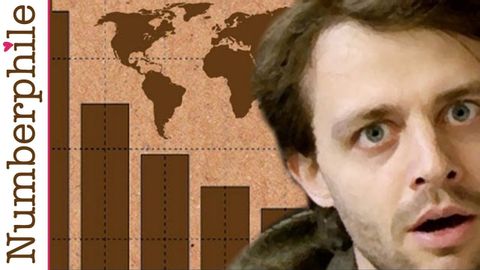
字幕と単語
ナンバー1とベンフォードの法則 - Numberphile (Number 1 and Benford's Law - Numberphile)
00
fisher が 2021 年 01 月 14 日 に投稿保存
動画の中の単語
ticket
US /ˈtɪkɪt/
・
UK /'tɪkɪt/
- n. (c./u.)切符 : チケット;違反切符 : 違反チケット;値札 : 荷札 : タグ;候補者名簿;チケット;取引記録
- v.t.切符を売る;違反切符
A1 初級TOEIC
もっと見る number
US /ˈnʌmbɚ/
・
UK /ˈnʌmbə(r)/
- n. (c./u.)数字;一曲、演目;総数
- v.t.番号をつける;配置する;(集団やシリーズなどの)一員だと公表する
A1 初級TOEIC
もっと見る start
US /stɑrt/
・
UK /stɑ:t/
- n. (c./u.)開始時刻 : 開始場所 : 開始;開始場所:開始時刻;始まり;はっとすること
- v.t./i.始める : 始まる
- v.t.(機器などを)起動する
A1 初級
もっと見る エネルギーを使用
すべての単語を解除
発音・解説・フィルター機能を解除
